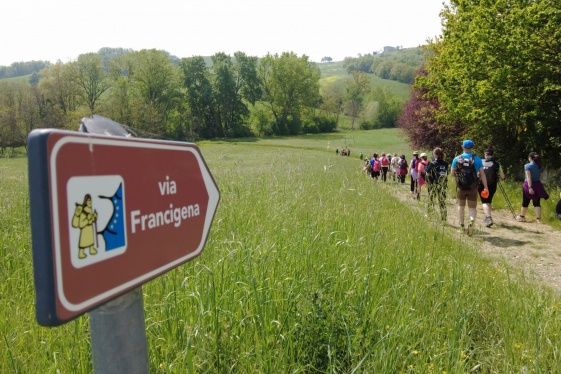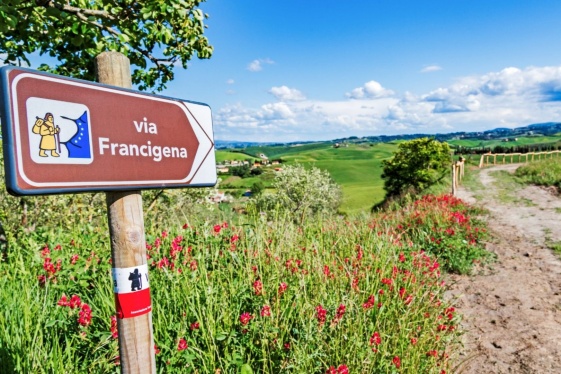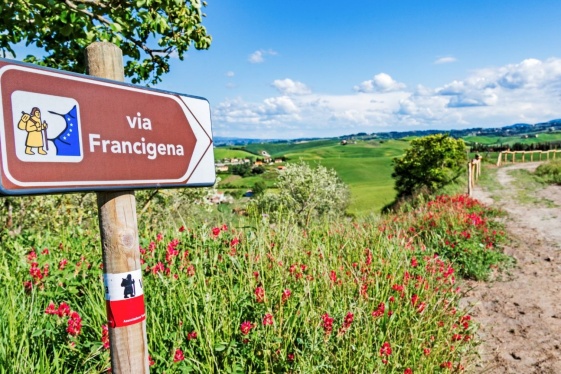Italian Ministry of Tourism and EAVF sign a protocol to promote and internationalize the Via Francigena
The European Association of the Via Francigena ways (EAVF) and the Italian Ministry of Tourism signed a Memorandum of Understanding (MoU) aimed at promoting and enhancing the Via Francigena as a cultural and tourist itinerary of international relevance. The MoU aims at consolidating the Via Francigena as a hub for slow tourism and pilgrimage in Ita...
READ MORE20 Pilgrimage Sites To Discover on the Via Francigena
While it doesn’t have the same name recognition as Spain’s Camino de Santiago, the Via Francigena is considered to have some of Europe’s most iconic pilgrimage sites. The 1100-mile journey traces the route Archbishop Sigeric the Serious took in 990 A.D. as he traveled from Canterbury to Rome. Because the full journey requires a hefty time commitmen...
READ MOREVia Francigena Map and Guide
The Via Francigena (the Iter Francorum, or the "Frankish Route") is a branch of the Pilgrimage trail that goes between Canterbury and Rome, coming into full use starting around the 11th century. Bishop Sigeric of Canterbury first made the journey to Rome in 990 AD to receive honors from the Pope. He kept details of his travels in a book, with pictu...
READ MORETrekking in Italy: Via Francigena in Tuscany following the footsteps of pilgrims
The first place among treks in Italy undoubtedly belongs to the Via Francigena. The route originates in Canterbury, England, crosses France and Switzerland and finally enters Italy via the Gran San Bernardo pass. The Francigena originated as a pilgrimage route that crosses the whole of Europe vertically and has Rome as its ultimate destination. Alt...
READ MORE“All roads lead to Rome”: the paths of the Via Francigena
All roads lead to Rome” the popular saying goes about the eternal city. Of course, like for any saying, there is some truth to it. Just like the consular roads end and start from Rome, also one of the most famous historical itineraries was created to connect Rome with the rest of Europe: the via Francigena. Let us see the paths of the Via Francigen...
READ MORE






